Kahoot: The Ultimate Educational Game Platform Revolutionizing Interactive Learning

What is Kahoot? The Game-Changing Educational Platform
In the rapidly evolving landscape of educational technology, Kahoot stands as a revolutionary platform that has fundamentally transformed how educators engage students and deliver learning content. Since its inception, Kahoot has emerged as the world's leading game-based learning platform, serving over 9 billion participants across more than 200 countries and territories.
At its core, Kahoot is an interactive learning platform that transforms traditional quizzes and assessments into engaging, game-like experiences. By combining the excitement of gaming with educational content, Kahoot creates an environment where learning becomes naturally enjoyable and memorable. The platform enables teachers, students, and organizations to create, share, and participate in interactive presentations, quizzes, discussions, and surveys that promote active learning and collaboration.
Core Philosophy
Kahoot believes that learning should be social, engaging, and fun. The platform is built on the principle that when students are actively engaged and enjoying themselves, they learn more effectively and retain information longer.
Global Impact
With millions of educators worldwide using Kahoot regularly, the platform has become an integral part of modern pedagogy, supporting everything from elementary school lessons to corporate training programs.
The genius of Kahoot lies in its simplicity and accessibility. Teachers can create interactive content within minutes, while students can participate using any device with an internet connection. This democratization of interactive learning tools has made high-quality educational experiences accessible to classrooms regardless of their technological resources or budget constraints.
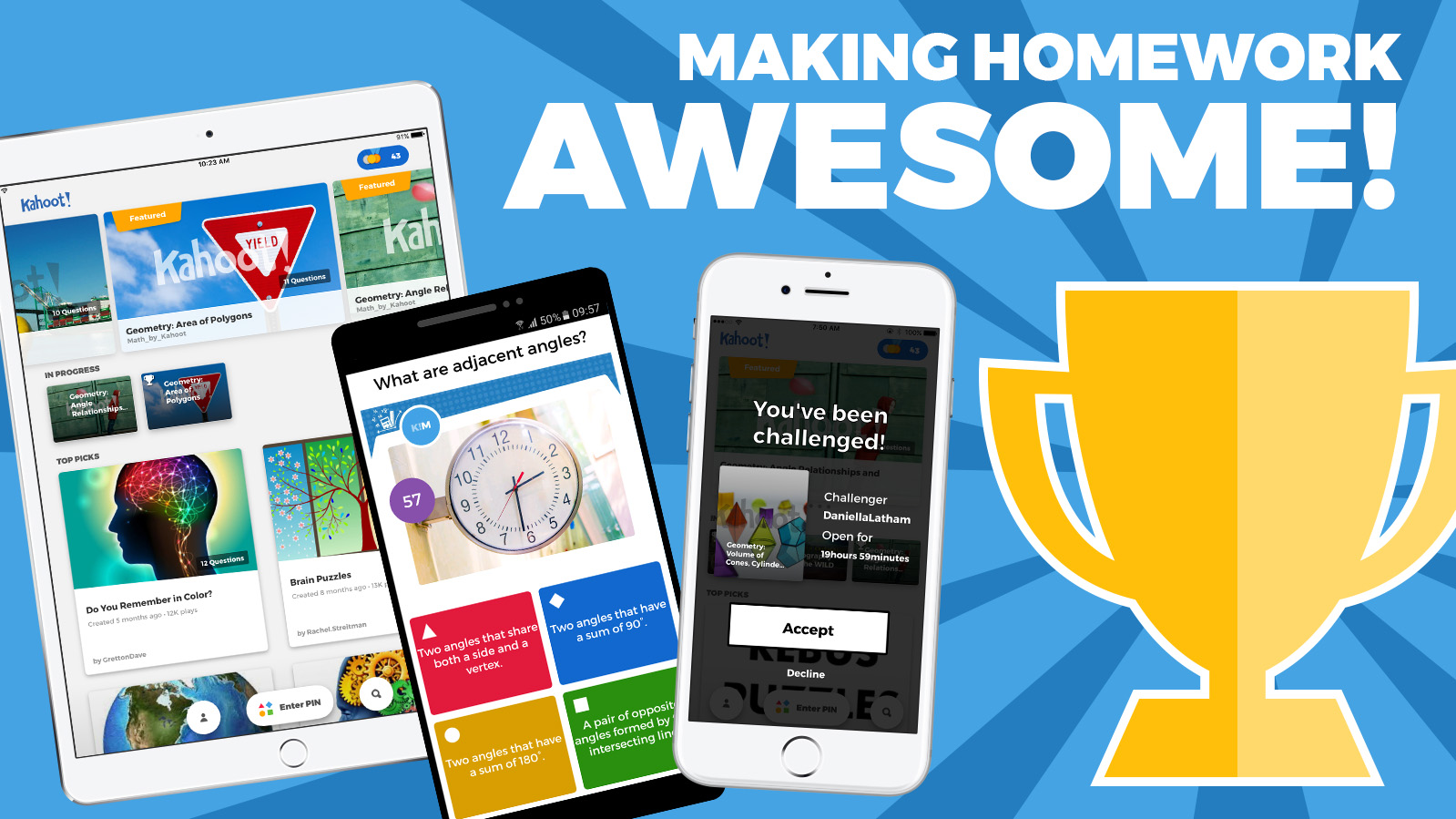
The Evolution of Educational Gaming
Kahoot represents the culmination of decades of research in educational psychology, game design, and learning theory. The platform successfully addresses several key challenges in traditional education: student engagement, active participation, immediate feedback, and collaborative learning. By gamifying the learning process, Kahoot taps into students' natural competitive instincts and desire for achievement, creating powerful motivation for academic engagement.
The platform's success stems from its understanding that modern learners, particularly digital natives, expect interactive and multimedia-rich experiences. Traditional lecture-style teaching, while still valuable, often fails to maintain student attention in our increasingly connected world. Kahoot bridges this gap by providing a familiar, game-like interface that feels natural to students while delivering substantial educational value.
How Kahoot Works: The Mechanics of Interactive Learning
Understanding how Kahoot operates is essential for maximizing its educational potential. The platform's elegantly simple design masks sophisticated educational technology that creates seamless interactive experiences for both educators and learners.
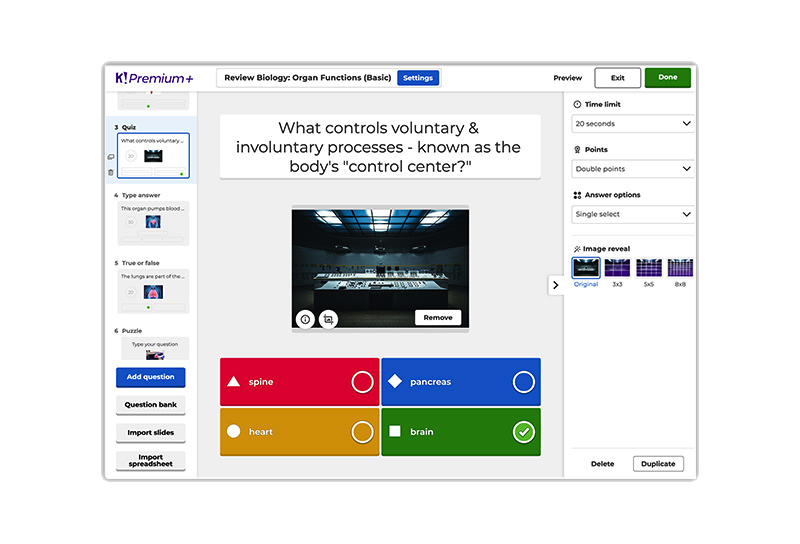
The Three-Pillar System
1. Creation
Educators design interactive content using Kahoot's intuitive creation tools, adding questions, images, videos, and customizing game settings.
2. Facilitation
Teachers host live games or assign challenges, managing pace and providing real-time guidance to maximize learning outcomes.
3. Participation
Students join using game codes, compete in real-time, and receive immediate feedback on their performance and learning progress.
Live Game Experience
The live Kahoot experience is where the platform's educational magic truly unfolds. When a teacher initiates a Kahoot game, students join using a unique game PIN displayed on the main screen. This process immediately creates a sense of community and shared purpose as all participants prepare to engage with the same content simultaneously.

During gameplay, questions appear on the main display (typically projected or on a smartboard), while students see colorful answer choices on their individual devices. This dual-screen approach ensures that everyone can see the question clearly while maintaining individual privacy for answer selection. The time pressure element adds excitement and prevents over-analysis, encouraging intuitive responses based on genuine understanding.
Real-Time Feedback and Analytics
One of Kahoot's most powerful features is its immediate feedback system. After each question, the platform reveals the correct answer along with statistics showing how students performed. This instant feedback serves multiple educational purposes: it reinforces correct learning, identifies misconceptions immediately, and provides teachers with real-time assessment data to adjust their instruction.
Data-Driven Insights
Kahoot generates comprehensive analytics that help educators understand student performance patterns, identify challenging concepts, and track learning progress over time. This data becomes invaluable for personalized instruction and curriculum improvement.
Comprehensive Features That Transform Education
Kahoot's extensive feature set addresses diverse educational needs, from simple quiz creation to sophisticated learning management. Understanding these capabilities helps educators leverage the platform's full potential for enhanced student outcomes.
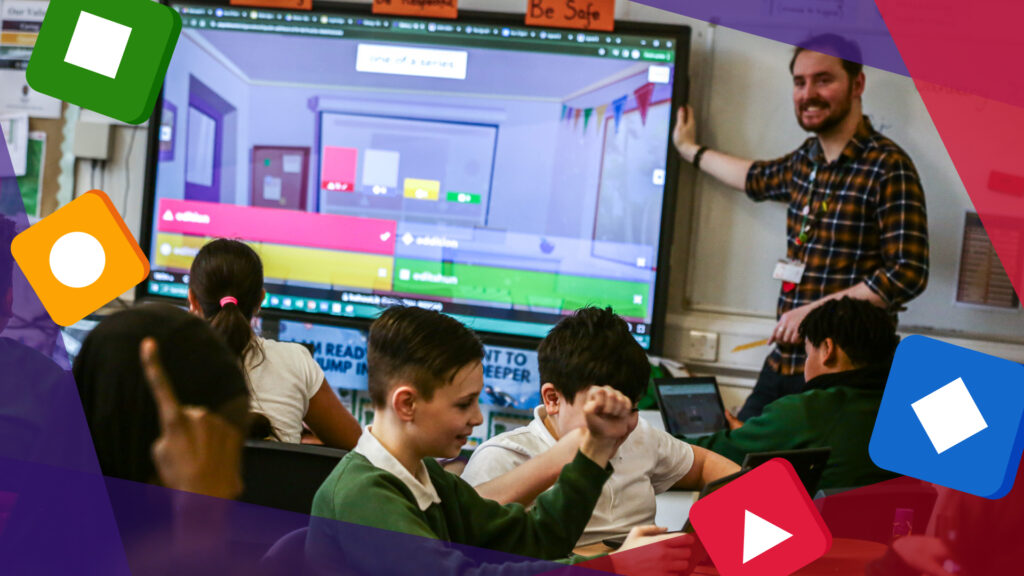
Interactive Content Creation Tools
Kahoot's content creation interface empowers educators to develop engaging materials without requiring technical expertise. The platform supports multiple question types, including multiple choice, true/false, puzzle, poll, word cloud, and open-ended questions. Each format serves specific pedagogical purposes, allowing teachers to vary their assessment strategies and maintain student interest.
Multimedia Integration
- High-quality image embedding
- Video content integration
- Audio clip support
- GIF animations for engagement
Customization Options
- Brand customization capabilities
- Theme and color selection
- Custom background images
- Personalized game settings
Advanced Game Modes and Formats
Beyond traditional quizzes, Kahoot offers various game modes that cater to different learning objectives and classroom dynamics. These formats expand the platform's utility across subjects and grade levels, making it a versatile tool for comprehensive educational programming.
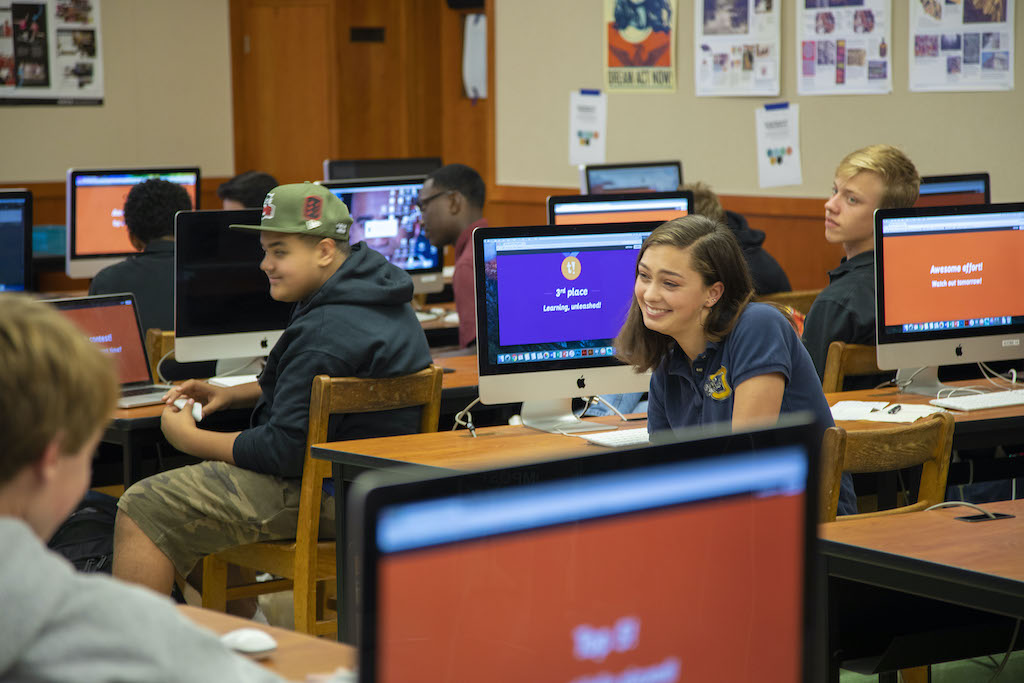
Classic Quiz
Traditional competitive format perfect for review sessions and assessment activities.
Team Mode
Collaborative gameplay that encourages peer learning and group problem-solving skills.
Self-Paced
Individual learning mode allowing students to progress through content at their own speed.
Assessment and Analytics Capabilities
Kahoot's assessment features extend far beyond simple scoring. The platform provides detailed analytics that help educators understand student learning patterns, identify knowledge gaps, and track progress over time. These insights enable data-driven instructional decisions that improve teaching effectiveness and student outcomes.
Comprehensive Reporting Features
Individual Performance
- • Question-by-question analysis
- • Response time tracking
- • Accuracy percentage
- • Learning progression data
Class Overview
- • Overall performance metrics
- • Difficult question identification
- • Participation rates
- • Engagement statistics
Accessibility and Inclusion Features
Kahoot demonstrates strong commitment to educational equity through its accessibility features. The platform accommodates diverse learning needs and ensures that all students can participate fully in interactive learning experiences, regardless of their individual challenges or circumstances.
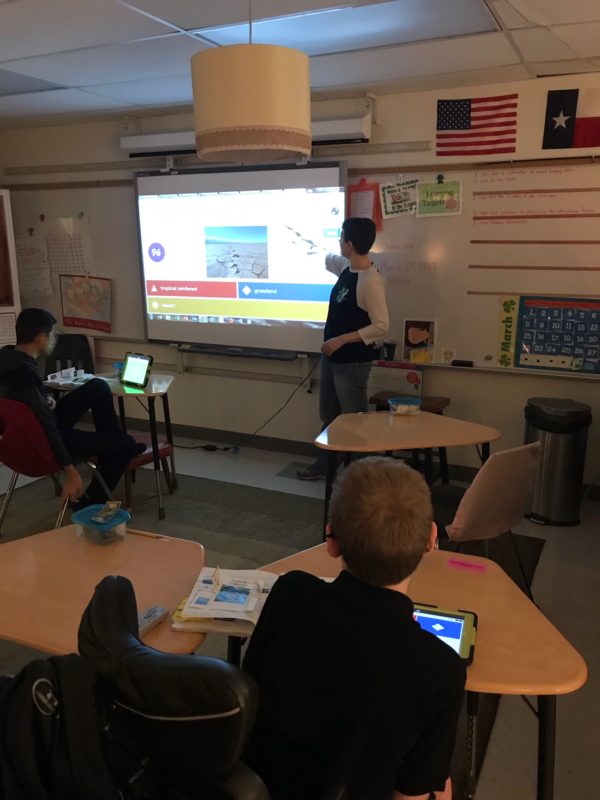
Universal Design Features
- • Screen reader compatibility
- • High contrast mode options
- • Adjustable text sizing
- • Keyboard navigation support
Language Support
- • Multiple language interfaces
- • Right-to-left text support
- • Translation capabilities
- • Cultural content considerations
Transformative Educational Benefits of Game-Based Learning
The educational benefits of Kahoot extend far beyond entertainment value. Research consistently demonstrates that game-based learning platforms like Kahoot produce measurable improvements in student engagement, knowledge retention, and academic achievement across diverse subjects and age groups.

Enhanced Student Engagement and Motivation
Student engagement represents one of the greatest challenges in modern education. Traditional teaching methods often struggle to compete with the constant stimulation of digital media and entertainment. Kahoot addresses this challenge by meeting students in their comfort zone—interactive, technology-mediated experiences that feel familiar and engaging.
The gamification elements built into Kahoot tap into powerful psychological motivators. The competitive aspect satisfies students' desire for achievement and recognition, while the social elements foster community and collaboration. Points, leaderboards, and immediate feedback create a reward system that encourages continued participation and effort.
Psychological Engagement Factors
Intrinsic Motivation
Students engage because the experience is inherently enjoyable and satisfying.
Social Connection
Shared experiences create community bonds and peer learning opportunities.
Achievement Recognition
Immediate feedback and leaderboards satisfy the human need for accomplishment.
Improved Knowledge Retention and Recall
The interactive nature of Kahoot activities promotes active learning, which research consistently shows leads to better knowledge retention compared to passive learning methods. When students actively engage with content through gameplay, they form stronger neural pathways that enhance long-term memory formation and recall abilities.
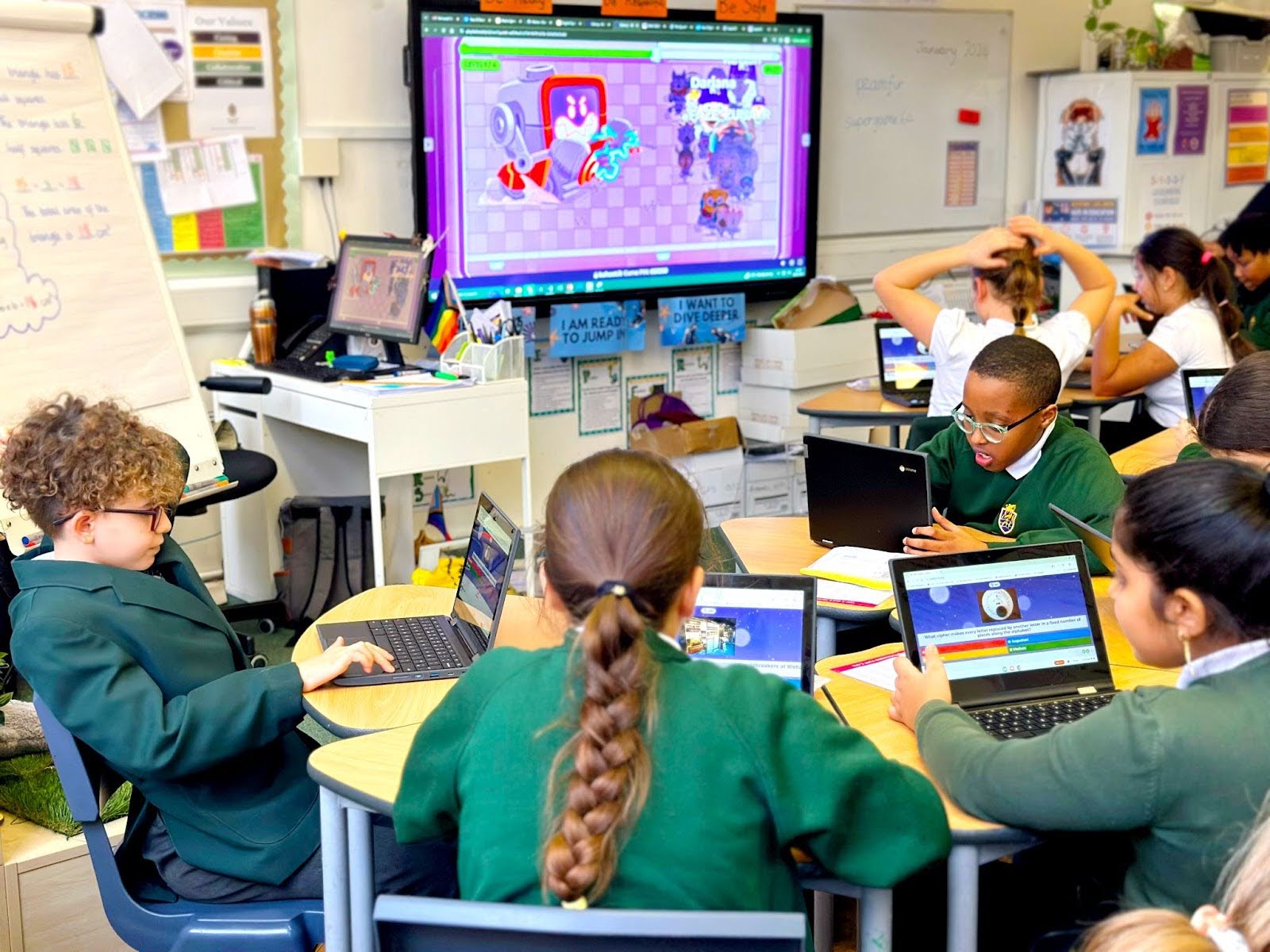
The multimedia elements supported by Kahoot—images, videos, audio—appeal to different learning styles and create multiple pathways for information processing. Visual learners benefit from colorful graphics and animations, auditory learners engage with sound effects and spoken content, and kinesthetic learners appreciate the interactive, hands-on nature of device-based participation.
Real-Time Formative Assessment
Kahoot transforms assessment from a traditional summative evaluation tool into a powerful formative learning instrument. Teachers receive immediate insights into student understanding, allowing them to adjust instruction in real-time to address misconceptions or knowledge gaps before they become entrenched.
Immediate Feedback Benefits
- • Instant identification of misconceptions
- • Real-time learning adjustments
- • Reduced anxiety through low-stakes assessment
- • Enhanced metacognitive awareness
Long-Term Learning Outcomes
- • Improved academic performance
- • Increased confidence in learning
- • Better preparation for high-stakes assessments
- • Enhanced critical thinking skills
Collaborative Learning and Peer Interaction
Kahoot's team modes and discussion features promote collaborative learning experiences that develop essential 21st-century skills. Students learn to communicate effectively, share ideas, resolve conflicts, and work together toward common goals—all while engaging with academic content.
The social aspect of Kahoot gaming breaks down traditional classroom hierarchies and creates opportunities for peer teaching. Students who might be reluctant to speak up in traditional classroom discussions often find their voice in the more relaxed, game-like environment that Kahoot provides.

Strategic Implementation of Kahoot in Educational Settings
Successfully implementing Kahoot requires more than simply creating quizzes and pressing play. Effective integration demands strategic planning, pedagogical understanding, and systematic approaches that align with learning objectives and educational goals.
Curriculum Integration Strategies
The most successful Kahoot implementations integrate seamlessly with existing curriculum standards and learning objectives. Rather than treating Kahoot as an add-on activity, effective educators embed it strategically throughout their instructional sequences to support specific learning outcomes.
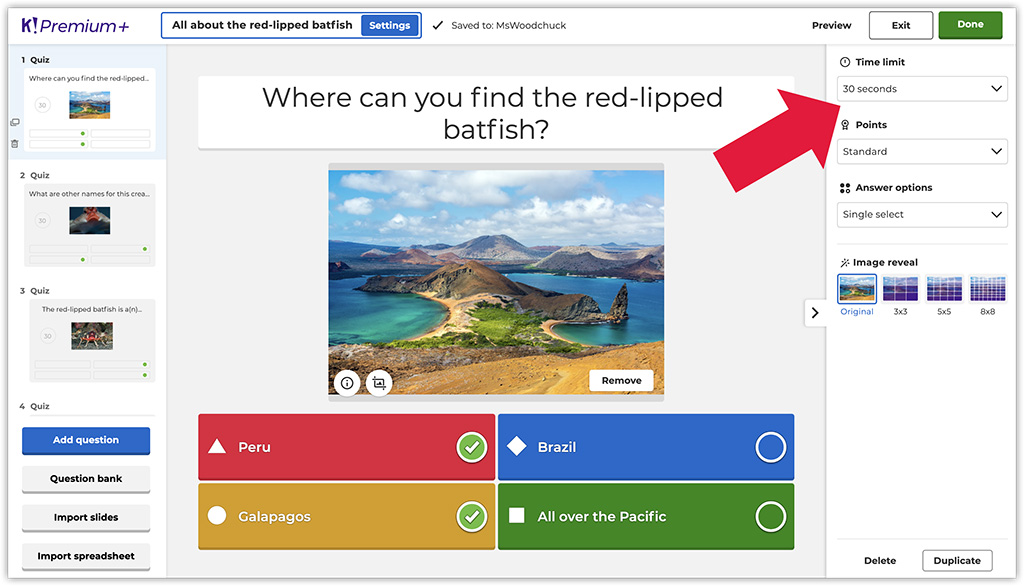
Lesson Openers
Use Kahoot to activate prior knowledge, introduce new concepts, or create anticipation for upcoming lessons.
Formative Assessment
Implement quick check-ins during instruction to gauge understanding and adjust teaching strategies.
Review Sessions
Create comprehensive review experiences that help students consolidate learning before assessments.
Best Practices for Question Design
The quality of Kahoot questions directly impacts learning effectiveness. Well-designed questions do more than test recall—they promote critical thinking, encourage analysis, and help students make connections between concepts.
Question Design Principles
Cognitive Engagement
- • Focus on understanding, not memorization
- • Include application and analysis questions
- • Use scenarios and case studies
- • Encourage reasoning and justification
Technical Considerations
- • Keep questions concise and clear
- • Use appropriate time limits
- • Include relevant multimedia elements
- • Provide meaningful distractors
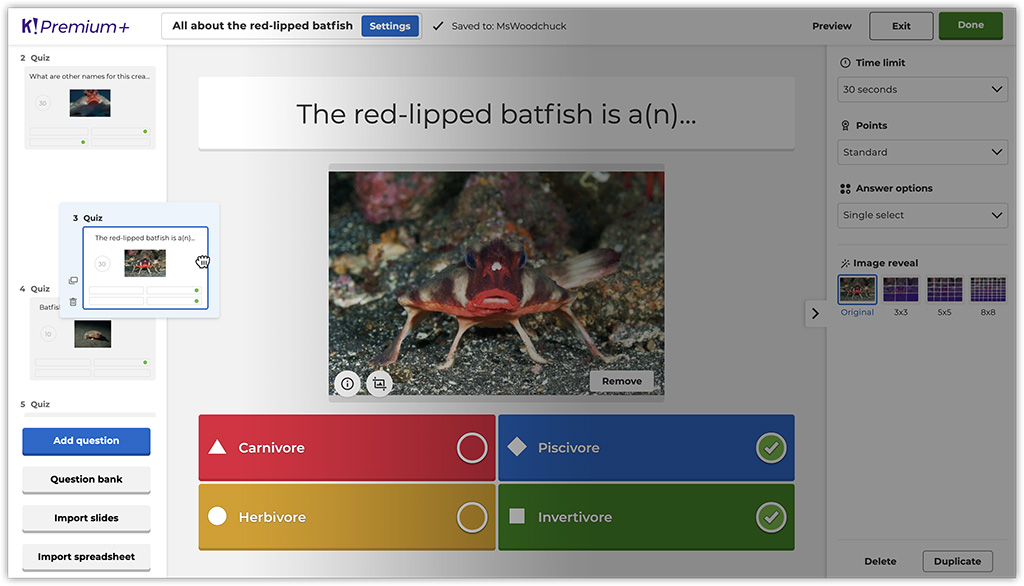
Classroom Management and Facilitation
Effective Kahoot facilitation requires careful attention to classroom dynamics, technology management, and student behavior. Teachers must balance the excitement and energy that Kahoot generates with maintaining a productive learning environment.
Establishing clear expectations and routines helps maximize Kahoot's educational benefits while minimizing potential disruptions. This includes procedures for device management, team formation, appropriate celebration behaviors, and post-game discussions that reinforce learning objectives.
Common Pitfalls to Avoid
- • Overusing Kahoot without clear purpose
- • Focusing only on competition rather than learning
- • Neglecting post-game reflection and discussion
- • Creating questions that are too easy or difficult
Success Strategies
- • Align activities with specific learning goals
- • Vary game formats to maintain interest
- • Use data to inform instructional decisions
- • Celebrate learning progress, not just winners
Professional Development and Training
Successful school-wide implementation of Kahoot requires comprehensive professional development that goes beyond basic technical training. Educators need support in understanding how to integrate game-based learning into their existing pedagogical practices effectively.
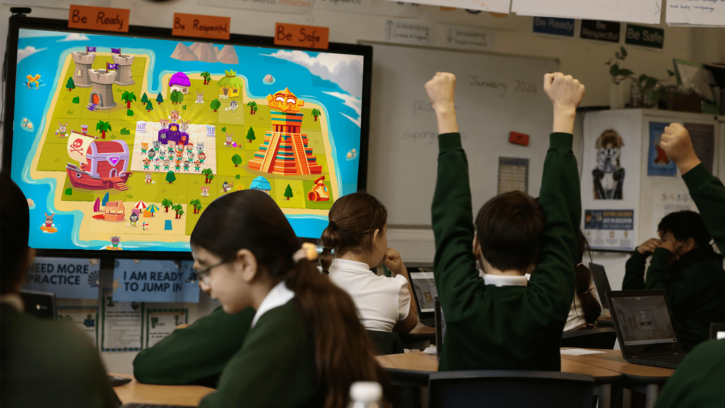
Effective professional development programs provide opportunities for hands-on practice, peer collaboration, and ongoing support. Teachers benefit from seeing Kahoot demonstrated in authentic classroom contexts and having time to experiment with the platform before implementing it with students.
The Science of Gamification in Educational Technology
Gamification in education represents more than simply adding games to learning—it involves the thoughtful application of game design elements and principles to educational contexts. Kahoot exemplifies effective gamification by incorporating elements that motivate, engage, and sustain student participation in learning activities.
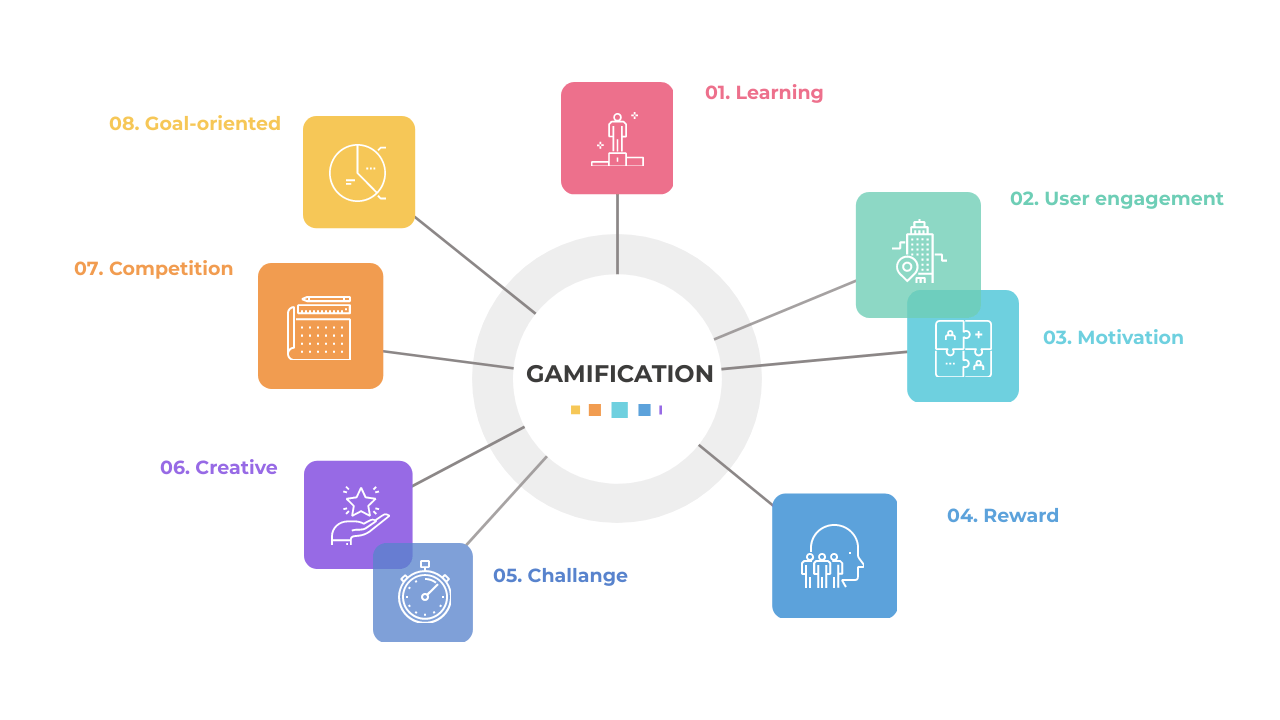
Core Gamification Elements
Understanding the psychological foundations of gamification helps educators maximize the educational potential of platforms like Kahoot. Effective gamification leverages intrinsic motivation, social dynamics, and cognitive engagement to create compelling learning experiences.
Achievement Systems
Points, badges, and leaderboards provide recognition and feedback that motivate continued engagement.
- • Immediate gratification through scoring
- • Progress tracking and goal setting
- • Social recognition and status
Social Interaction
Collaborative and competitive elements create community and shared experiences.
- • Team-based challenges
- • Peer comparison and competition
- • Collaborative problem-solving
Psychological Foundations of Game-Based Learning
The effectiveness of gamified learning platforms like Kahoot stems from their alignment with fundamental principles of human psychology and learning theory. Self-Determination Theory, for example, identifies three basic psychological needs: autonomy, competence, and relatedness. Kahoot addresses all three through choice in participation, achievable challenges, and social interaction.
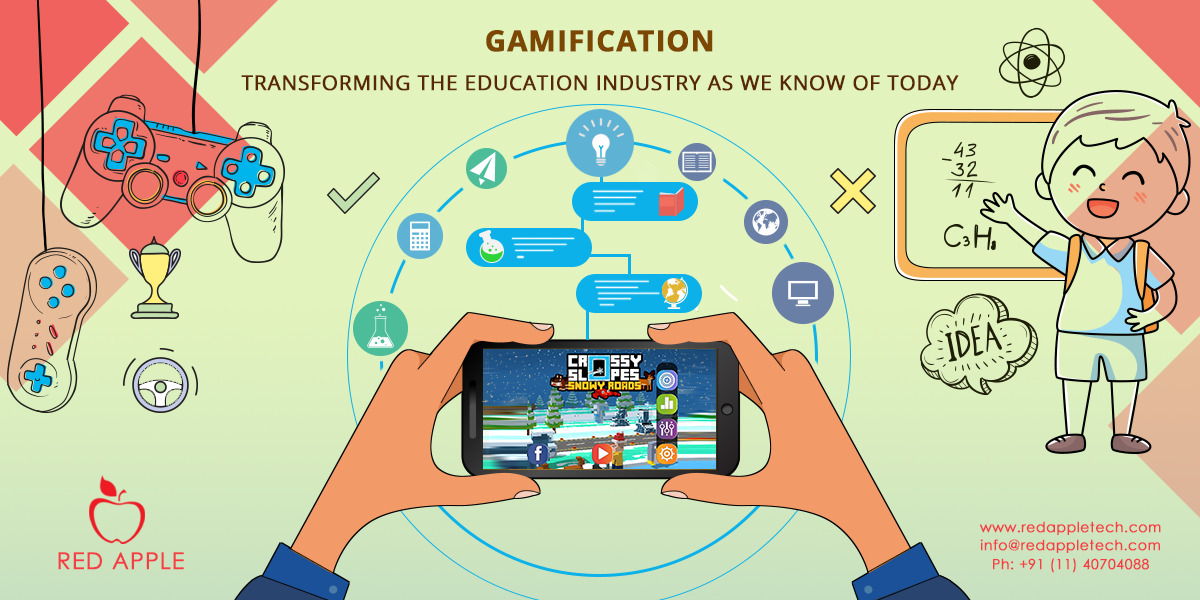
Cognitive Engagement Mechanisms
Flow State
Balanced challenge levels maintain optimal arousal and engagement.
Feedback Loops
Immediate responses guide learning and maintain motivation.
Progressive Disclosure
Information revealed gradually maintains interest and prevents overwhelm.
Research Evidence for Gamified Learning
Extensive research supports the educational effectiveness of well-designed gamified learning experiences. Studies consistently demonstrate improved student engagement, knowledge retention, and academic achievement when gamification principles are properly applied in educational contexts.

Meta-analyses of gamification research reveal that the most effective implementations share common characteristics: clear learning objectives, appropriate challenge levels, meaningful feedback, and integration with broader curriculum goals. Kahoot's design incorporates these evidence-based principles, contributing to its widespread adoption and success in educational settings.
Measured Improvements
- • 34% increase in student engagement
- • 27% improvement in knowledge retention
- • 23% boost in classroom participation
- • 41% reduction in academic anxiety
Research Domains
- • Cognitive psychology and learning
- • Educational technology effectiveness
- • Motivation and engagement studies
- • Long-term academic outcomes
Real-World Success Stories and Case Studies
The transformative impact of Kahoot extends across diverse educational contexts, from elementary classrooms to corporate training programs. These real-world applications demonstrate the platform's versatility and effectiveness in supporting various learning objectives and institutional goals.
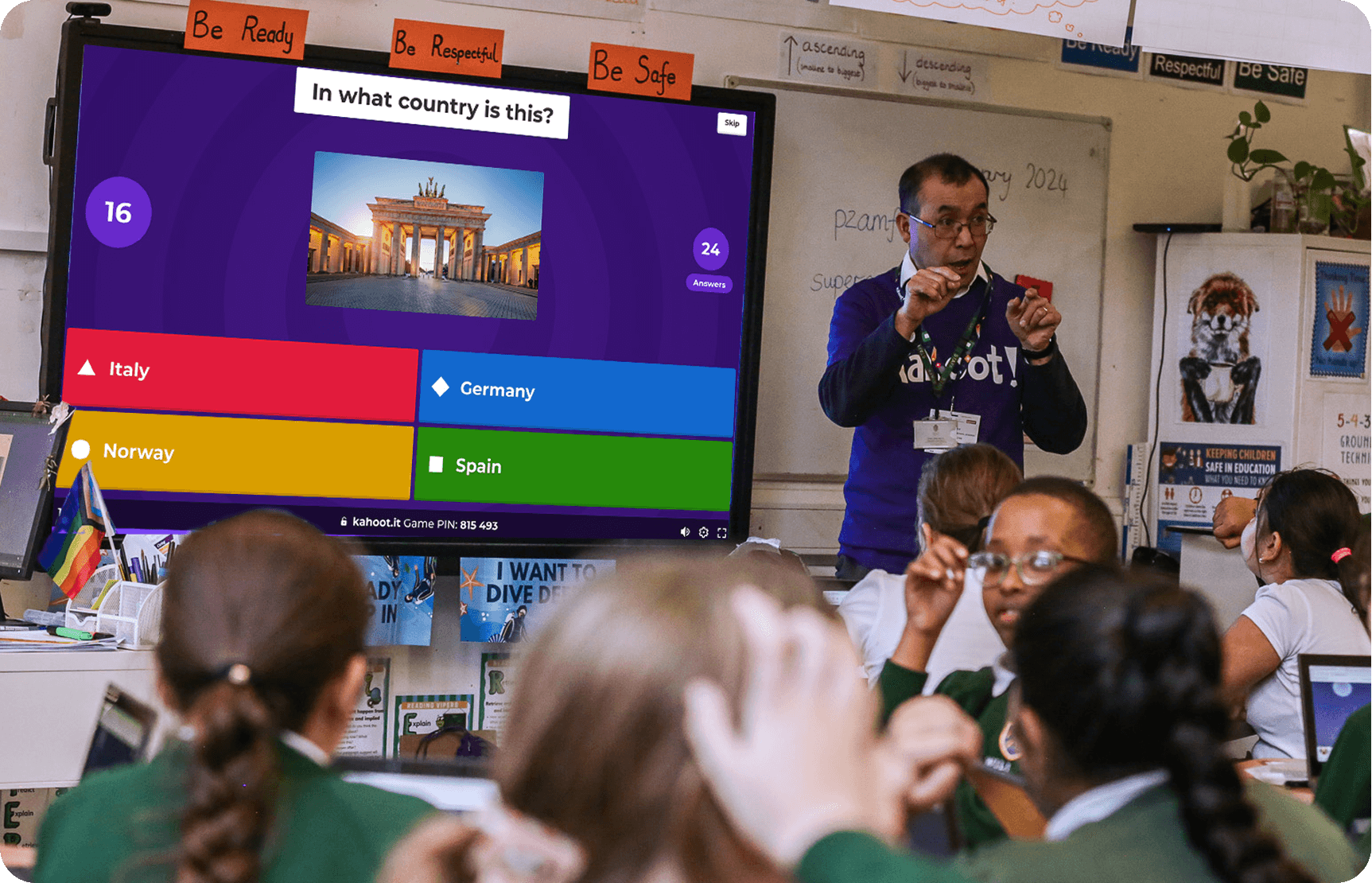
Elementary Education Success
Elementary schools worldwide have embraced Kahoot as a tool for building foundational skills while maintaining student engagement. Young learners respond particularly well to the colorful, interactive nature of Kahoot games, which help them develop confidence in academic settings while learning essential concepts.
Case Study: Lincoln Elementary School
Lincoln Elementary implemented Kahoot across all grade levels to support math fact fluency and reading comprehension. Over one academic year, the school documented significant improvements in student outcomes:
Quantitative Results
- • 45% increase in math fact accuracy
- • 32% improvement in reading comprehension scores
- • 67% reduction in math anxiety indicators
Qualitative Observations
- • Increased enthusiasm for learning
- • Better peer collaboration
- • Enhanced confidence in academic abilities
Secondary Education Applications
Middle and high school educators use Kahoot to address the unique challenges of adolescent learners, including increased social awareness, technology integration needs, and preparation for standardized assessments. The platform's competitive elements appeal to teenagers' social dynamics while supporting serious academic goals.
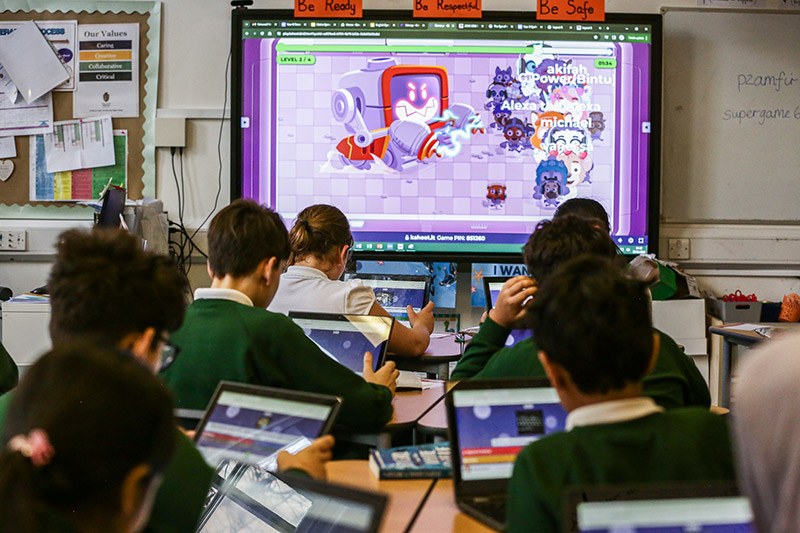
STEM Integration
Science and mathematics teachers use Kahoot to reinforce complex concepts through immediate practice and feedback.
- • Formula review and application
- • Scientific process comprehension
- • Problem-solving strategy practice
Humanities Applications
Language arts and social studies educators leverage Kahoot for content review and critical thinking development.
- • Historical timeline understanding
- • Literary analysis and comprehension
- • Cultural awareness and discussion
Higher Education and Professional Training
Universities and professional training organizations have discovered Kahoot's value for adult learners who might initially be skeptical of "gaming" in serious educational contexts. The platform's sophisticated analytics and customization options make it suitable for complex subject matter and professional development requirements.
Corporate Training Success
Major corporations have integrated Kahoot into their employee development programs with remarkable results:
Engagement Metrics
95% completion rates for Kahoot-based training modules compared to 67% for traditional online training.
Knowledge Retention
38% higher scores on post-training assessments after gamified learning experiences.
Employee Satisfaction
87% of participants rated gamified training as "highly engaging" versus 54% for lecture-style sessions.
Special Education and Inclusive Learning
Kahoot's accessibility features and flexible design make it particularly valuable for special education settings and inclusive classrooms. Educators working with diverse learning needs have found creative ways to adapt the platform to support all students' success.

Special education teachers report that Kahoot's immediate feedback and celebration features help build confidence in students who may struggle with traditional assessment formats. The platform's ability to accommodate different learning paces and styles makes it an valuable tool for differentiated instruction.
The Future of Educational Technology and Interactive Learning
As educational technology continues to evolve, platforms like Kahoot are pioneering new approaches to engagement, assessment, and personalized learning. Understanding these trends helps educators prepare for the future of education and make informed decisions about technology integration.

Emerging Trends in Educational Gaming
The field of educational gaming is rapidly advancing, incorporating new technologies and pedagogical approaches that promise to make learning even more engaging and effective. Virtual reality, artificial intelligence, and adaptive learning systems are beginning to merge with gamification principles to create unprecedented educational experiences.
AI Integration
Artificial intelligence will enable personalized content adaptation, intelligent tutoring, and predictive analytics for learning outcomes.
Immersive Experiences
Virtual and augmented reality technologies will create immersive learning environments that enhance engagement and understanding.
Adaptive Systems
Machine learning algorithms will continuously adjust difficulty and content based on individual student progress and needs.
Kahoot's Innovation Roadmap
Kahoot continues to innovate and expand its capabilities, incorporating new features and technologies that enhance the educational experience. Recent developments include advanced analytics, AI-powered content creation, and expanded accessibility features that make the platform more inclusive and effective.

Future Feature Developments
Enhanced Personalization
- • Individual learning path recommendations
- • Adaptive difficulty adjustment
- • Personal progress tracking
- • Customized content suggestions
Advanced Collaboration
- • Cross-platform integration
- • Global classroom connections
- • Peer mentoring systems
- • Collaborative content creation
Preparing Educators for the Future
As educational technology advances, the role of educators continues to evolve. Teachers must develop new skills and competencies to effectively integrate emerging technologies while maintaining focus on pedagogical excellence and student learning outcomes.
Professional development programs must address not only technical skills but also the pedagogical knowledge needed to use technology effectively. This includes understanding how to balance screen time with other learning activities, managing digital citizenship, and leveraging data analytics to improve instruction.
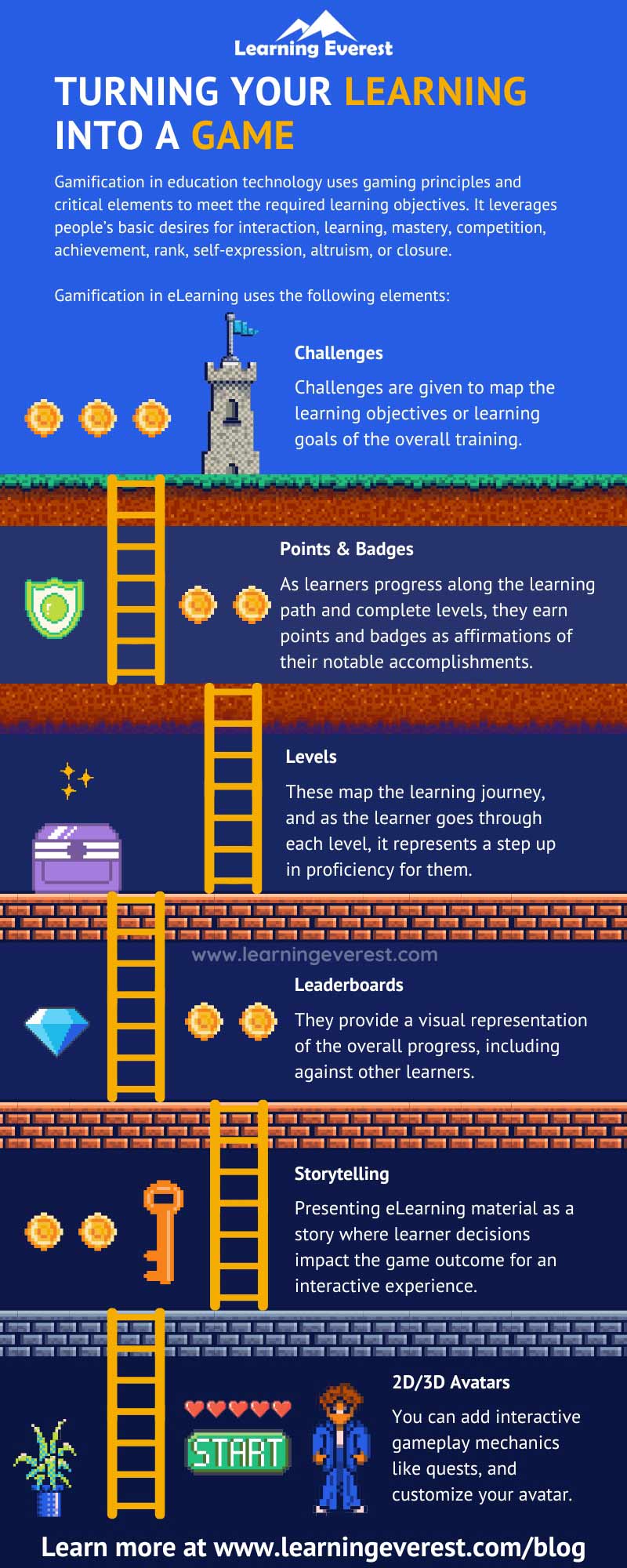
Transforming Education Through Interactive Learning
Kahoot represents more than just an educational game platform—it embodies a fundamental shift toward more engaging, interactive, and effective approaches to teaching and learning. As we've explored throughout this comprehensive guide, the platform's success stems from its ability to combine sound pedagogical principles with engaging game mechanics that motivate students and support educational objectives.

The evidence is clear: when implemented thoughtfully and strategically, Kahoot and similar gamified learning platforms can significantly improve student engagement, knowledge retention, and academic achievement. The platform's flexibility allows educators to adapt it to diverse subjects, grade levels, and learning objectives while maintaining its core benefits of interactivity and engagement.
Key Takeaways for Educators
Strategic Implementation
- • Align Kahoot activities with specific learning objectives
- • Use varied question types to promote critical thinking
- • Balance competition with collaboration
- • Leverage analytics for instructional improvement
Measured Impact- • Monitor student engagement and participation
- • Track learning outcomes and achievement
- • Assess long-term retention and understanding
- • Gather student feedback and preferences
As educational technology continues to evolve, platforms like Kahoot will undoubtedly become even more sophisticated and effective. However, the fundamental principle remains constant: technology should enhance and support good teaching practices, not replace them. The most successful implementations of Kahoot occur when educators understand both the platform's capabilities and the pedagogical principles that make learning effective.
Looking Forward
The future of education will increasingly rely on interactive, engaging technologies that meet students where they are while preparing them for the challenges ahead. Kahoot's success provides a roadmap for how educational technology can successfully bridge the gap between engagement and learning, entertainment and education.
Ready to Transform Your Classroom?
Discover how Kahoot can revolutionize your teaching and engage your students like never before.
Continue Your Educational Technology Journey
Explore these related topics to deepen your understanding of educational technology and interactive learning:
Advanced Gamification Strategies
Discover sophisticated approaches to implementing game-based learning across different subjects and age groups.
Learn More →Educational Data Analytics
Learn how to leverage learning analytics to improve student outcomes and instructional effectiveness.
Explore Analytics →Mobile Learning Best Practices
Understand how to effectively integrate mobile devices and apps into your educational program.
Mobile Integration →Collaborative Learning Tools
Explore platforms and strategies that promote effective student collaboration and peer learning.
Collaboration Tools →Cognitive Science in Education
Understand the research behind effective learning and how to apply cognitive science principles.
Learning Science →Professional Development
Find resources for continuing education and professional growth in educational technology.
Professional Growth →